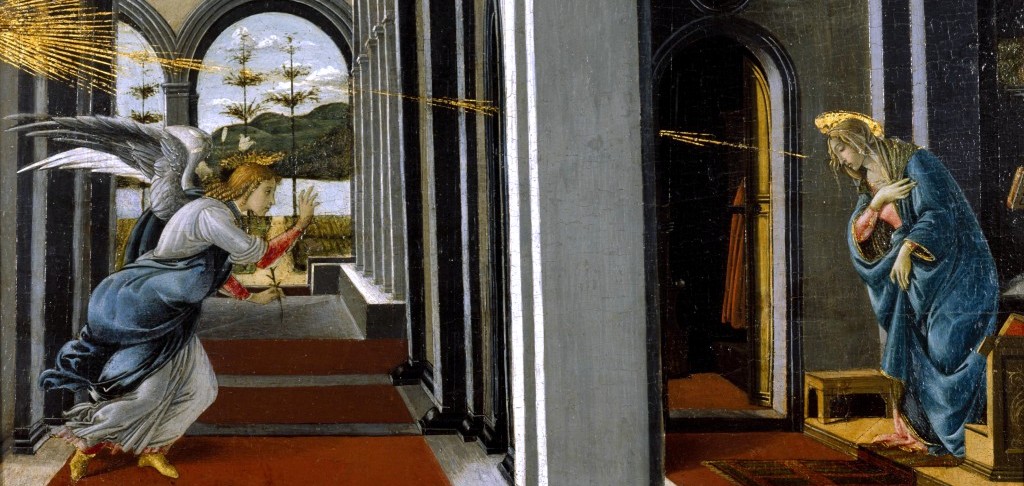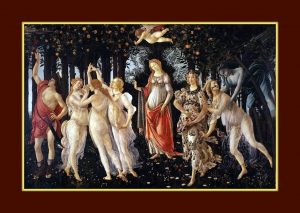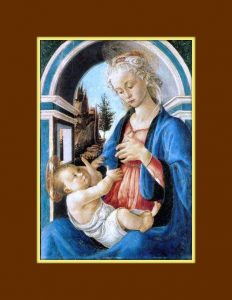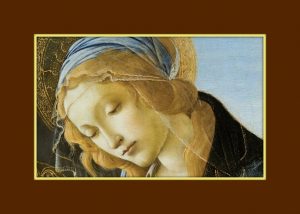





SANDRO BOTTICELLI 2/3 – Despite this popular claim the artist was at one point in his life charged with sodomy and the summary of the charge noted that “Botticelli keeps a boy”. Lippi’s painterly style, which was formed in the early Florentine Renaissance, was fundamental to Botticelli’s own artistic formation. He contributed to the frescoes in the Sistine Chapel and painted the immortal The Birth of Venus. His name? Sandro Botticelli, the an Italian painter of the early Renaissance-era. He studied the sculptural style of Antonio Pollaiuolo and Andrea del Verrocchio (the leading Florentine painters of the 1460s), and under their influence Botticelli produced figures of sculptural roundness and strength. He is the earliest European artist whose paintings of secular historical subjects survive in some number and are equal or superior in importance to his religious paintings.

SANDRO BOTTICELLI 3/3 – As you can see, the forms in his paintings are defined with a line that is at once incisive and flowing. There is a growing ability to suggest the character (and even the mood of the figures by action, pose, and facial expression). Contemporary artists (such as Leonardo da Vinci and Michelangelo), further pushed Botticelli from the artistic spotlight. Botticelli worked in an established, almost traditional manner at a point just before such a style went out of fashion. Upon his death in 1510, he was buried in the Church of Ognissanti. About 50 paintings survive that are either wholly or partly from his own hand.
You can see more on Meeting Benches, looking for
Reflections on waiting and the transformative winds that push you forward Minimalist poetry, with its…
If you don't know sadness, you can't have deep thoughts Depth is a multifaceted concept…
James Hamilton-Paterson: When life is a Pilgrimage His early work reflects a youthful optimism and…
Amadeo de Souza-Cardoso: synthesis of the pictorial currents of the early twentieth century "Amadeo de…
Ambrogio Lorenzetti, an Indelible Mark in the History of Italian Art "La Terrazza Sul Campo",…
A nonconformist dialogue between painting, sculpture and poetry Get ready for an experience that goes…
This website uses cookies.